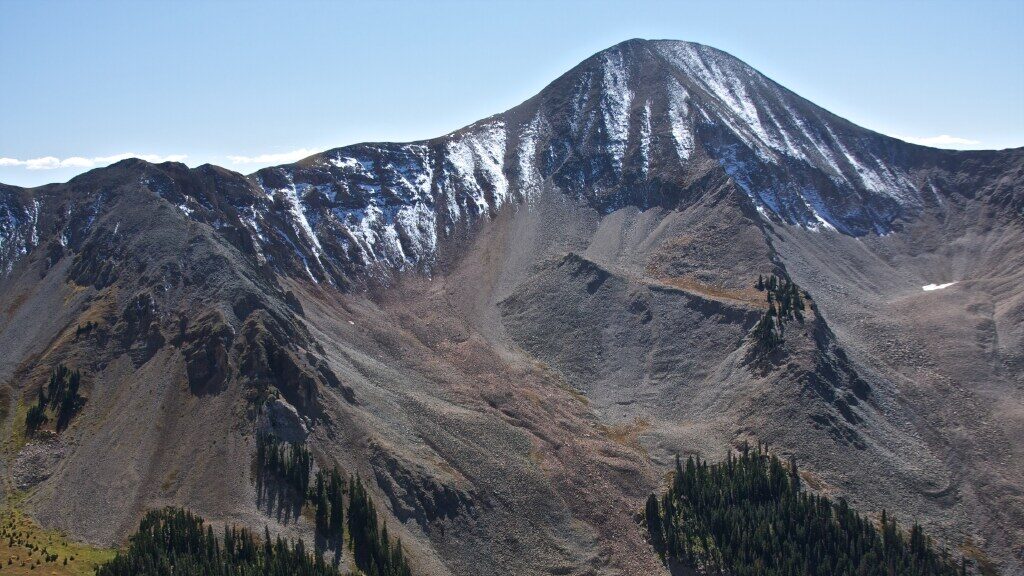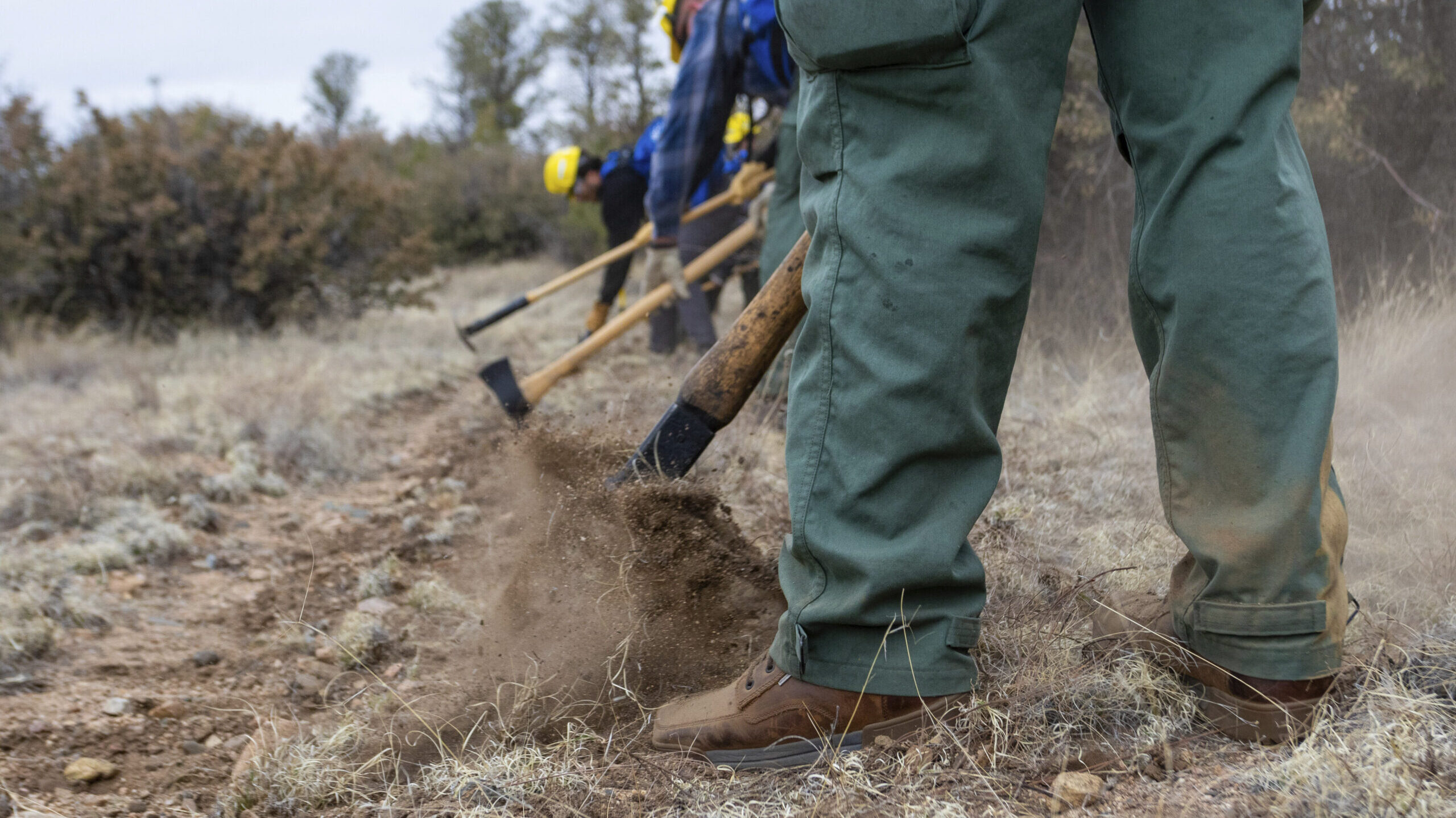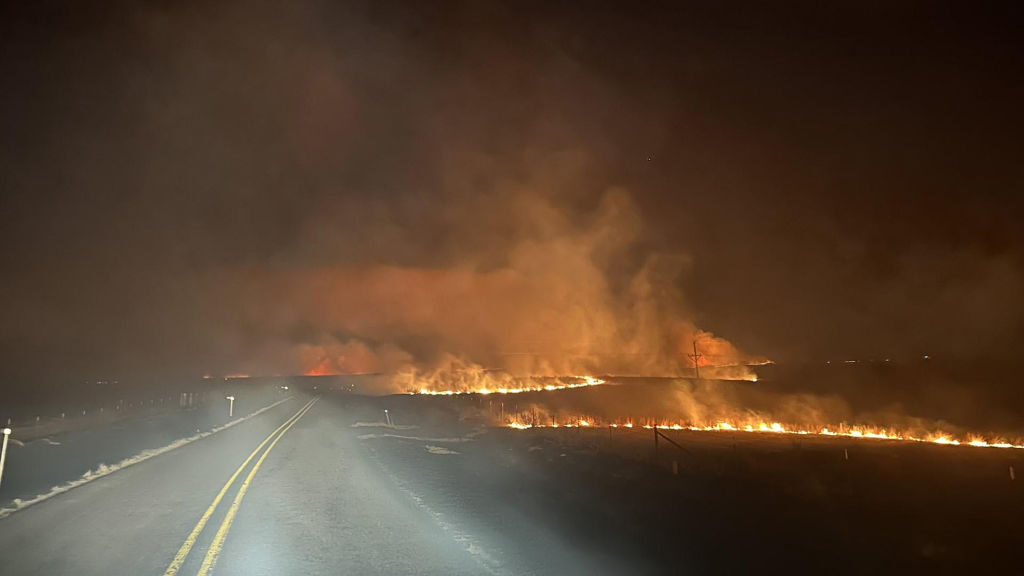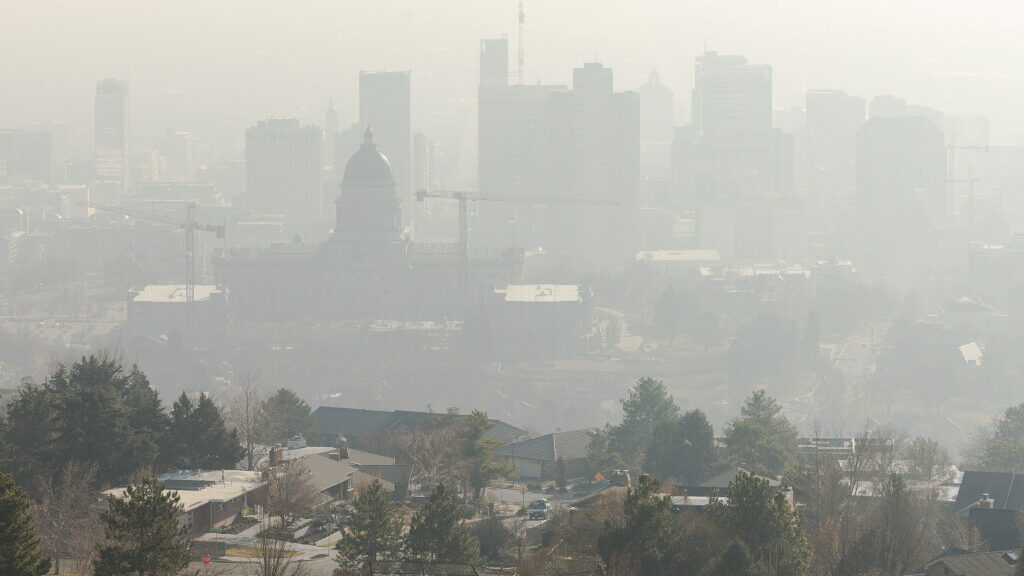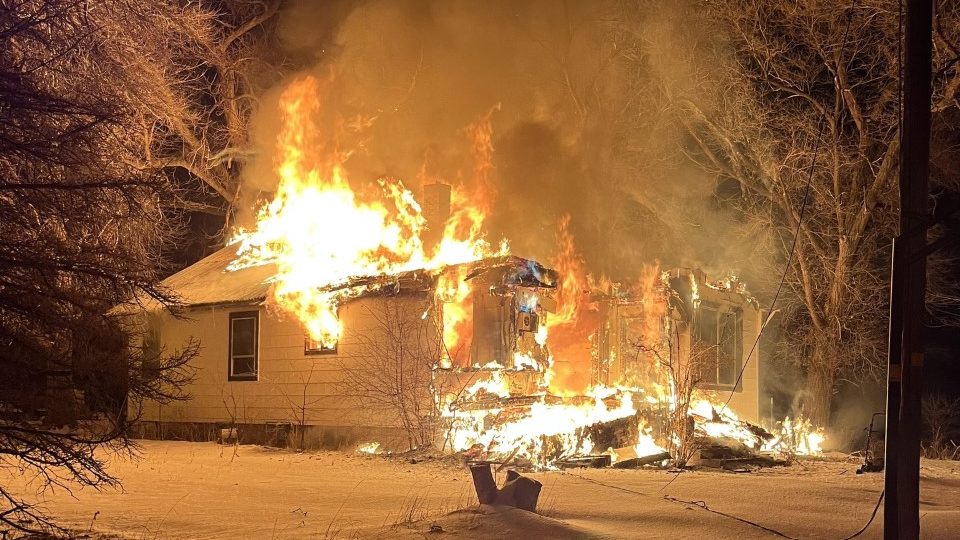Utah lawmakers hear concerns about canyon wildfires, outdated plans
Aug 18, 2022, 10:30 AM | Updated: Aug 22, 2022, 6:53 pm
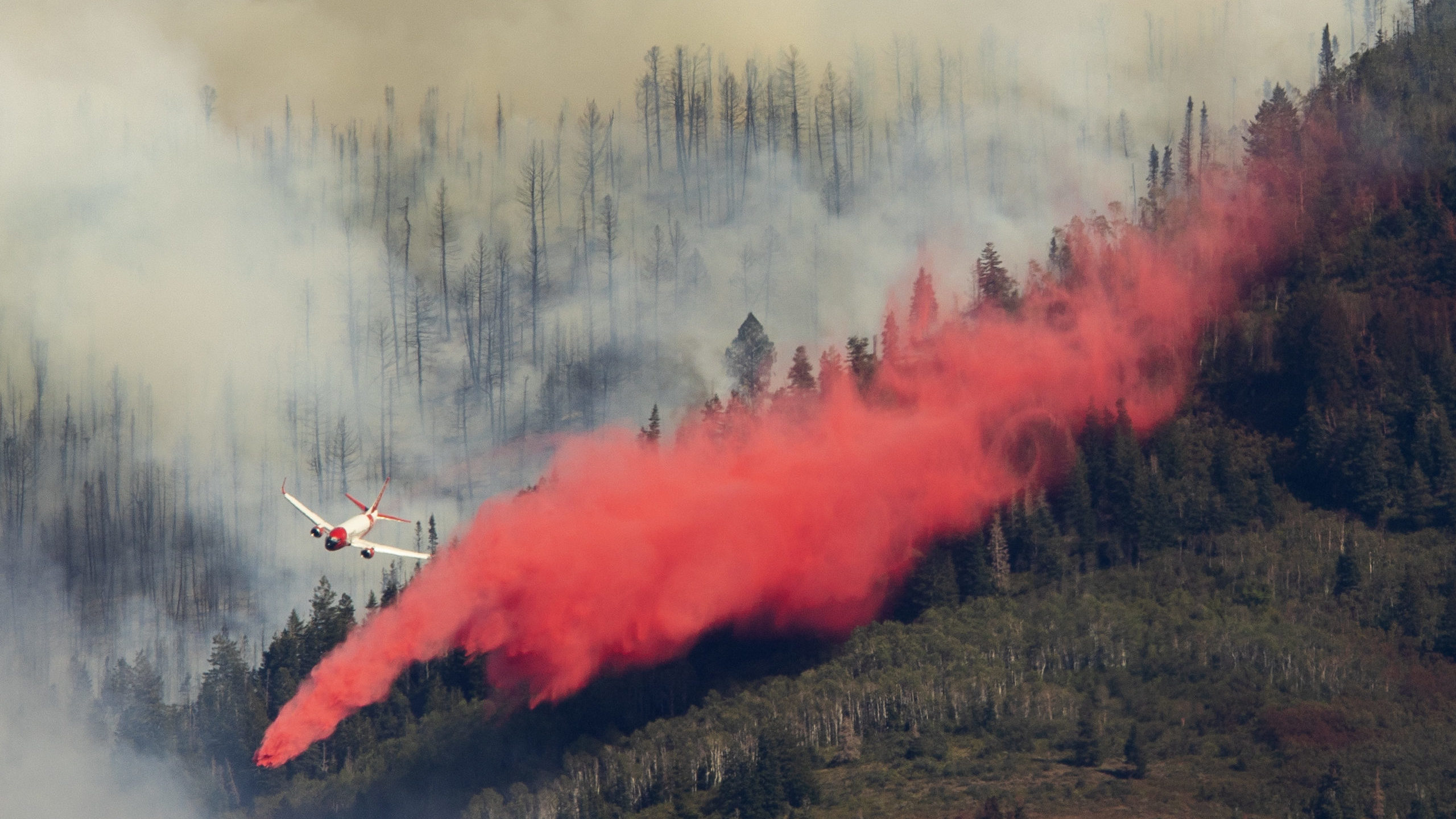
FILE: An air tanker drops retardant on the Parleys Canyon west of Park City on Saturday, Aug. 14, 2021. (Scott G. Winterton/Deseret News)
(Scott G. Winterton/Deseret News)
SALT LAKE CITY — State officials say the risk of a wildfire destroying homes and cabins in Utah’s canyons and foothills is very real and needs to be addressed. The topic was discussed yesterday on Wednesday, Aug. 18, in a legislative committee.
Two members of the Salt Lake County Council asked lawmakers to take another serious look at the risk of wildfire in what’s called the wildland urban interface. This is an area described by the Utah Division of Forestry, Fire, and State Lands as “the zone where structures and other human development meet and intermingle with undeveloped wild land or vegetative fuels.”
Of particular concern to Councilwoman Dea Theodore are dry fire hydrants that firefighters may find in some canyon areas.
“Great progress has been made,” she said, “but just a few miles up the canyon we have residents who do not enjoy this fairness.
“In fact, their culinary water service is terminated for months out of the year. Their fire hydrants have inadequate water pressure or no water at all.”
Leaders of the Division of Forestry, Fire and State Lands told the committee the code that governs areas at high risk for wildfire hasn’t been updated since 2006 and some of its rules aren’t being enforced.
“The wildland urban interface here in Utah that was adopted back in 2006 is now 15 years old,” said Deputy Director of Utah’s Division of Forestry, Fire and State Lands, Jason Curry.
Council member Richard Snelgrove told the committee fast-moving wildfires could spread rapidly through areas where there are many homes and cabins.
“It was just last year that the Parley’s Canyon fire spread along I-80, threatening numerous homes in Summit Park and Lambs Canyon,” he said.
“This type of wildfire can quickly cross ridges into Millcreek Canyon, Big Cottonwood Canyon, etc.”
Committee Chair, Sen. Scott Sandall, told two of the councilmembers that he’d work with them on new legislation to address wildfire risk.
Related reading


